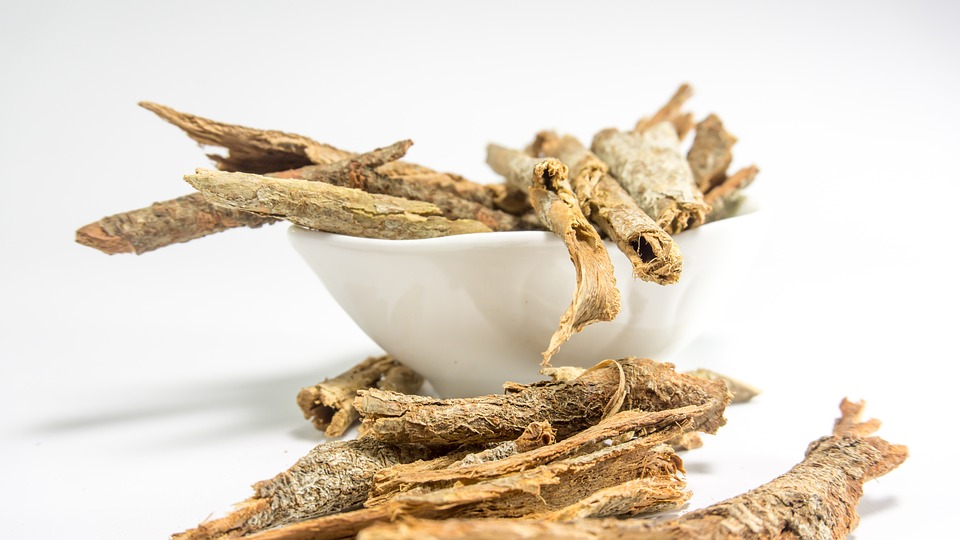By Irene Hayton
A great way to get more vegetables into your diet during the cooler months is to eat winter squashes, so named not because they grow in the winter (they are harvested in the fall) but because they have hard protective skins and therefore a long shelf life. Before the advent of modern shipping and farming methods, they were a staple during the winter and spring, when many vegetables were unavailable. Some winter squashes are now available year round but they’re most flavorful, and less expensive, from early fall through the winter.
The deep yellow or orange flesh of winter squashes contain beta-carotene, making them excellent sources of vitamin A as well as vitamin C, magnesium, and potassium, and good sources of calcium. Winter squashes are considered “good carbs”—they are nutritious and, although they generally have a high glycemic index, their glycemic load is not high.
There are many varieties of winter squash. Some of the most common types that you’ll see in grocery stores include:
- Butternut squash—is the sweetest tasting variety with a soft flesh; great baked or added to soups and stews.
- Acorn squash—is mild in flavor with a firm flesh; ideal for stuffing and baking.
- Hubbard squash—is large and can often be bought in precut pieces at the grocery store. The flesh is dry and sweet.
- Buttercup squash—has a rich, nutty flavor with firm flesh; it’s good when cooked and mashed, or stuffed and baked.
- Pumpkin—is mild-flavored; great for soups and baked goods such as pies, muffins, and breads. The small “sugar pumpkins” are best for eating.
- Spaghetti squash—also called “vegetable spaghetti”; it’s crisp and mild-tasting and its flesh separates into spaghetti-like strands once cooked. (See the recipe for Spaghetti Sauce, under ‘Poultry’ in the Recipe section, for information on how to cook spaghetti squash.)
When buying winter squashes, choose ones that are heavy for their size and that have their stems attached. Look for those with a hard, smooth, richly colored skin with no cracks or soft spots. They should be stored in a cool, dry place and will keep for several weeks. Cut squash can be kept tightly wrapped in the fridge for up to a week.
Before using winter squashes, wash them to remove any dirt. They are best when baked but can also be cut into pieces and steamed or boiled. To bake, cut the squash in half lengthwise and scoop out and discard the seeds. Place the squash halves cut side down in a baking dish and pour about ¼ inch of water into the dish. Cover and bake at 375° F (190° C) until tender, usually about 35 to 45 minutes. See this month’s recipe for Butternut Squash and Onions.



